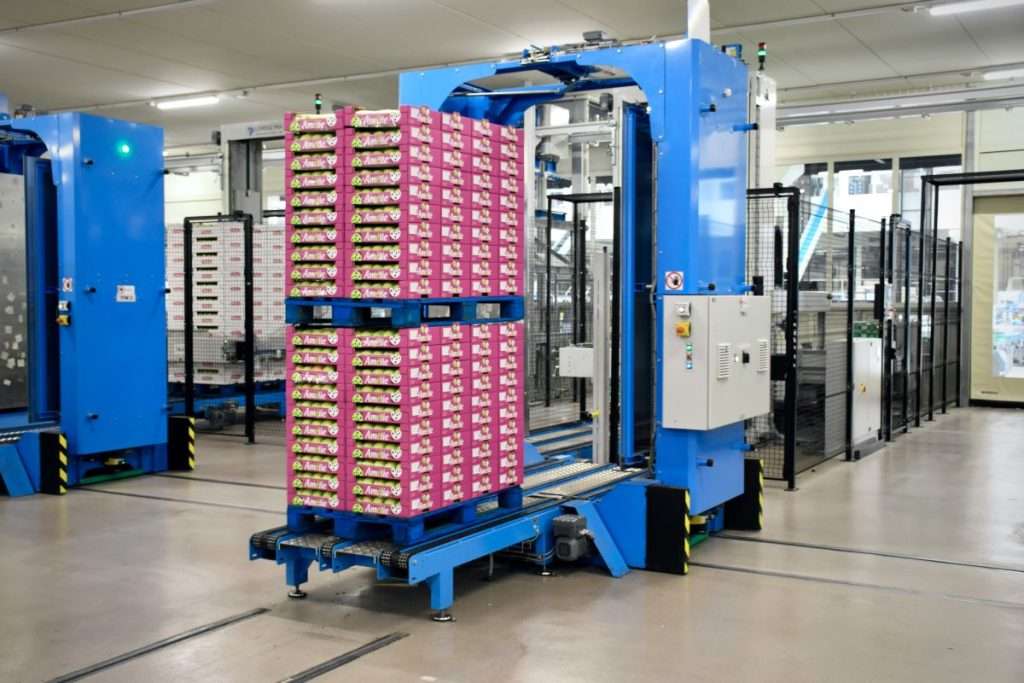The balance between robotics and human touch in warehouse operations, exploring when and how automation can effectively enhance supply chain efficiencies.
Understanding Automation and Robotics in Warehousing
The modern warehouse is a symphony of technology and human ingenuity, where the siren call of automation and robotics promises unprecedented efficiency. Yet, the decision to integrate such technologies hinges on understanding their capabilities and limitations within the complexities of supply chain operations. While humanoid robots and mechanical arms paint a futuristic image, the reality of their integration requires a nuanced approach, especially as consumer demand fluctuates and product varieties expand. Distinctions are necessary between simpler powered automation—like conveyors and pallet wrappers—and more sophisticated robotics, which include robotic arms and autonomous vehicles. These technologies offer varying returns on investment, largely dependent on the scale and consistency of warehouse activities.
Efficiency vs. Flexibility: The Robotics Investment Dilemma
Before adopting warehouse robotics, supply chain directors must evaluate several critical factors. The initial investment in robotic systems is not just financial but also operational, as these systems are tailored to specific throughput levels. A spike or drop in product volume can disrupt the entire workflow, rendering expensive robotics underutilized or overwhelmed. Furthermore, the success of robotics is contingent on the repeatability and predictability of tasks—robots excel in consistent, unchanging environments. Supply chain directors should also consider the complexity introduced by diverse product sizes and types, which could necessitate frequent reprogramming and adjustments, reducing the practicality of robotics for dynamic operations.
The Human Element in High-Touch Logistics
In sectors like apparel and luxury goods, the value of human workers extends beyond mere operational flexibility. Human employees are crucial in scaling operations to meet volatile market demands, particularly during peak periods. They provide insights into product quality and customer preferences, which are invaluable for brand strategy. Moreover, for tasks requiring a personal touch such as gift-wrapping or custom kitting, humans outperform robots, offering both cost-efficiency and superior quality. As robotics technology evolves, it becomes increasingly important to strike the right balance between automated efficiency and human ingenuity, ensuring that investments in automation truly benefit the supply chain’s bottom line.
Navigating the Future of Warehouse Automation
For many operations, particularly third-party logistics providers, the key to leveraging automation lies in choosing technologies that complement rather than replace human efforts. Collaborative robots, or “cobots,” which support human workers rather than replacing them, represent a growing trend. These robots can enhance efficiency in specific tasks, such as transporting goods or sorting packages, without necessitating a complete operational overhaul. As the landscape of warehouse technology continues to evolve, maintaining a clear understanding of both the potentials and limitations of robotics will be essential. This strategic awareness will ensure that investments not only meet the current needs but also adapt to future challenges and opportunities in warehouse management.
By focusing on a strategic integration of automation, supply chain directors can enhance operational efficiency while retaining the crucial flexibility that human workers provide, preparing their operations for a balanced and adaptive future.







